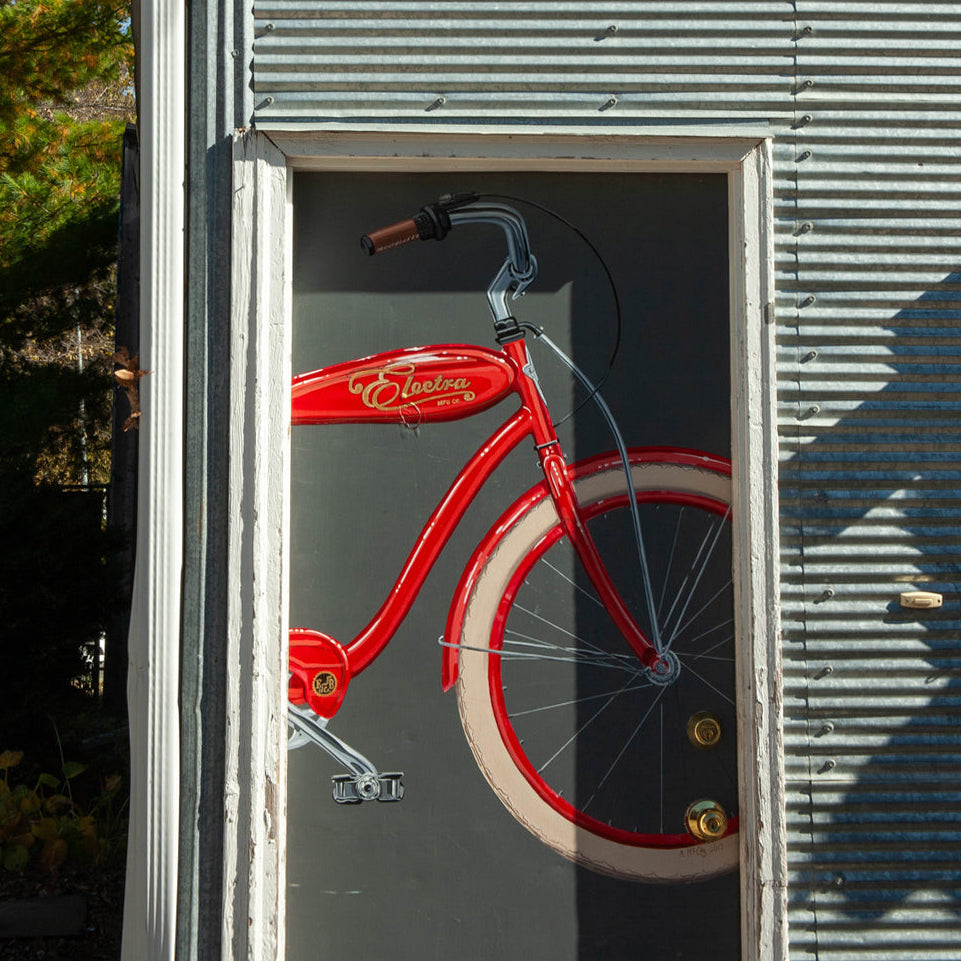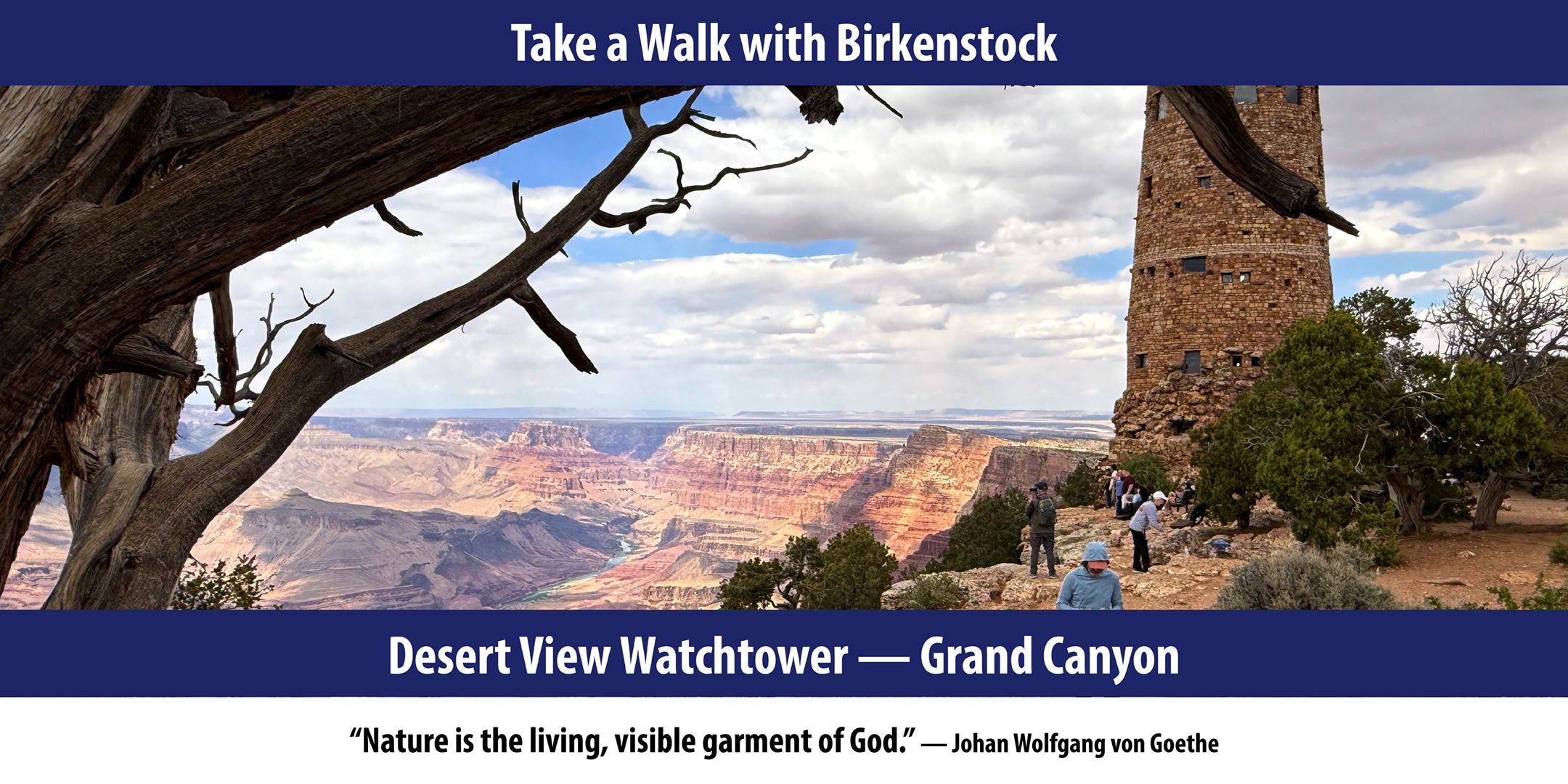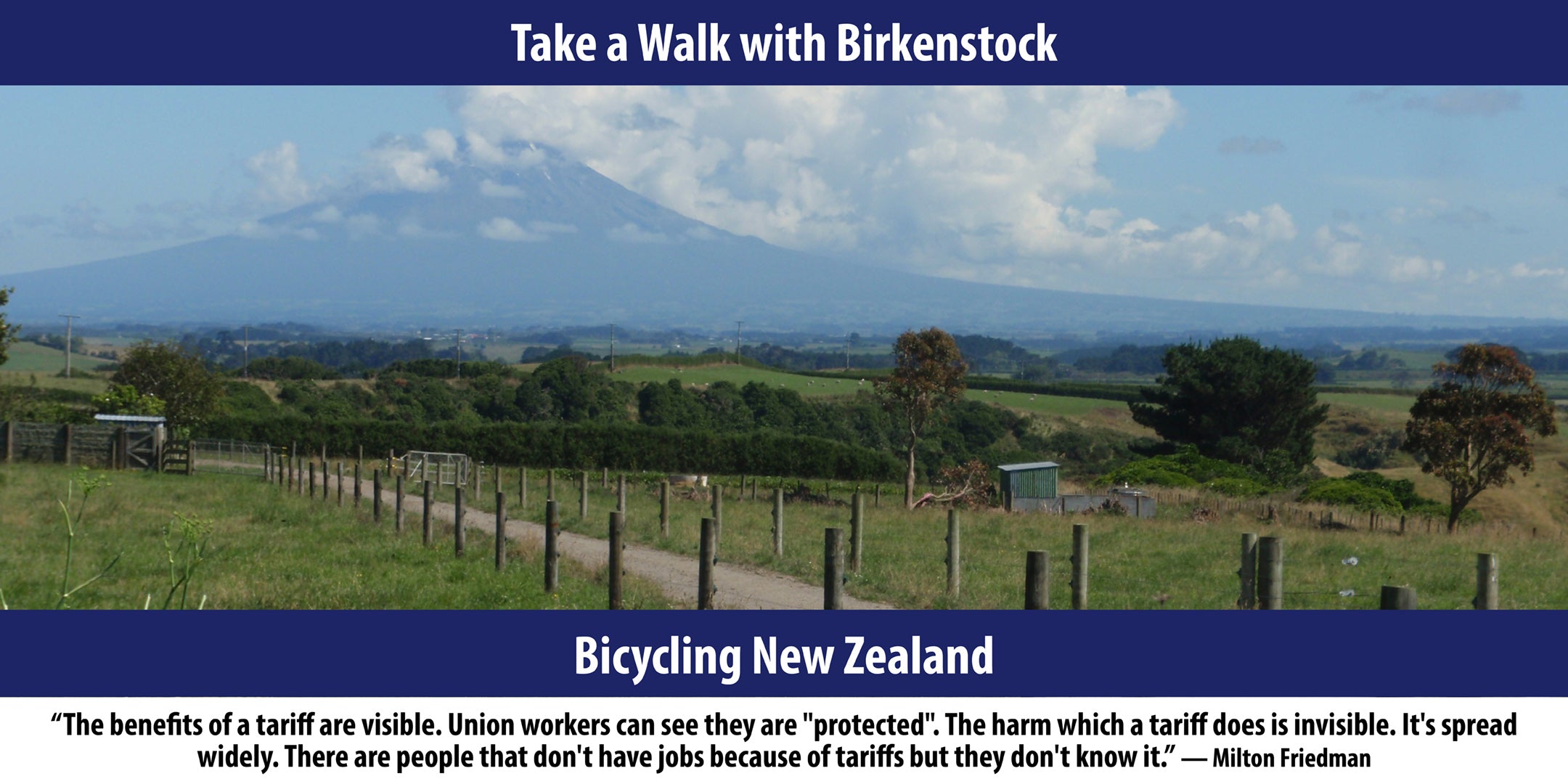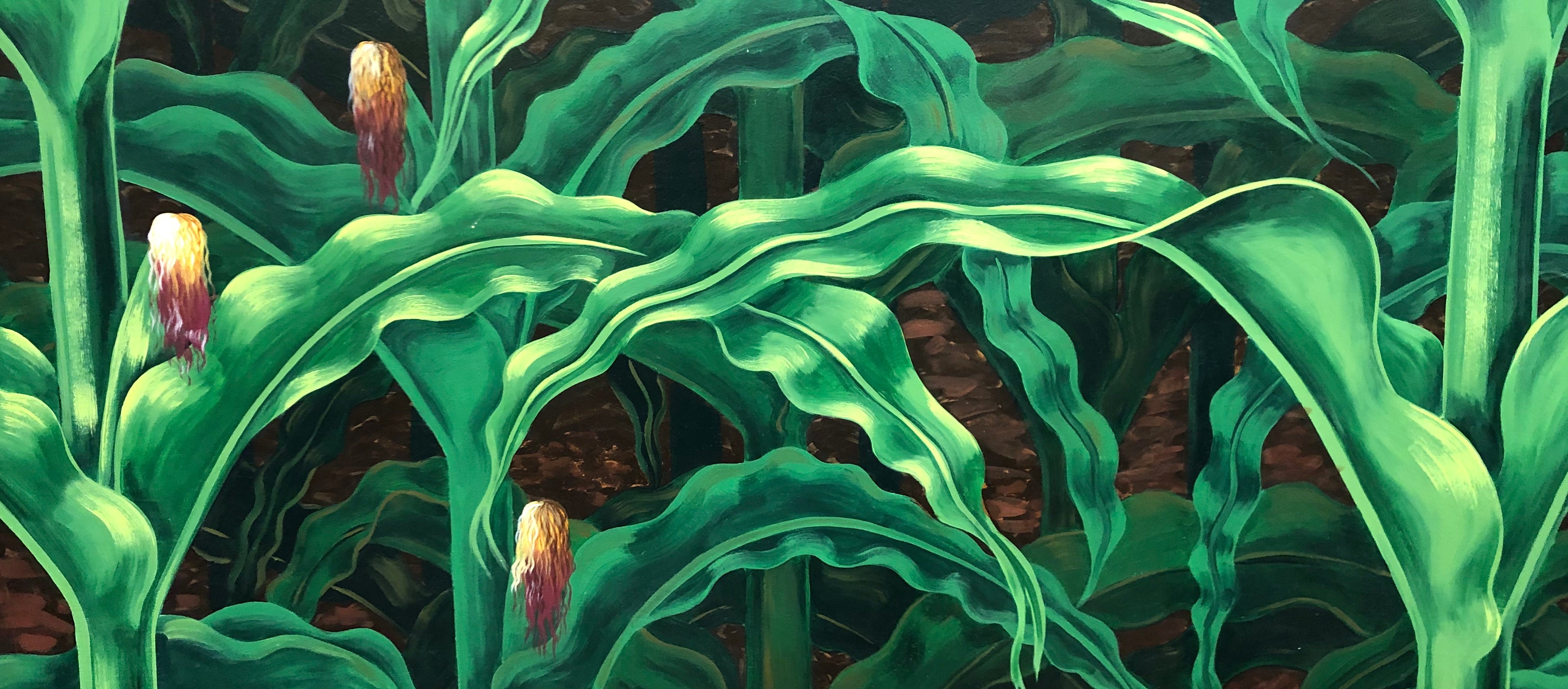Since ancient times, humans have peered into the night sky and wondered. Planets traverse the sky differently than stars, so we have been aware of the planets Mercury, Venus, Mars, Jupiter, and Saturn by just looking up for thousands of years. With the development of telescopes new planets were discovered. Uranus was discovered in 1781 and then Neptune in 1846. It was a very big deal, when nearly a century later Pluto was discovered in 1930.


A farm boy from Burdett, Kansas was likewise drawn to the night sky. His name was Clyde Tombaugh. On the family farm he built his own telescopes. With a pick and a shovel, he dug a deep pit, which doubled as a family root cellar, tornado shelter, and a below grade controlled environment for his telescope. He knew the importance of maintaining a constant temperature and avoiding wind currents to optimize visibility. With his homemade telescope, he made detailed drawings of both Jupiter and Mars, which he sent to the Lowell Observatory in Flagstaff, AZ. Impressed, the Observatory offered him a job to help search for "Planet X". Percival Lowell had predicted that a planet would likely occupy a particular region of the sky. Using a device called a blink comparator, he would look at photos of the same section of the sky but from different nights and flip back and forth between the images. Clyde noticed a dot in the photos had shifted. The shifting dot was the planet Pluto. For decades Tombaugh was famous for having discovered our 9th planet.



However, there was a little problem with the definition of a planet. There are three requirements. A planet must orbit a star. A planet needs to be massive enough to have sufficient gravitational force to attain a spherical shape. Pluto met those two requirements. However, the pesky third requirement for being a planet is that the orbital path needs to be clear of other large icy objects. Sadly, Pluto falls short of that. As a fellow Kansan, I feel disappointed that Pluto is no longer considered a planet.

The Lowell Observatory is located on a small mountain overlooking Flagstaff along the old Route 66. The town is a fun college town with mountains, plenty of breweries and outdoor stores since it is the gateway to the Grand Canyon. The Observatory is open to the public night and day. You can view all sorts of historic telescopes, learn about astronomy, history, and wonder about what lies beyond.

Take a walk with Birkenstock...and look to the heavens.






















